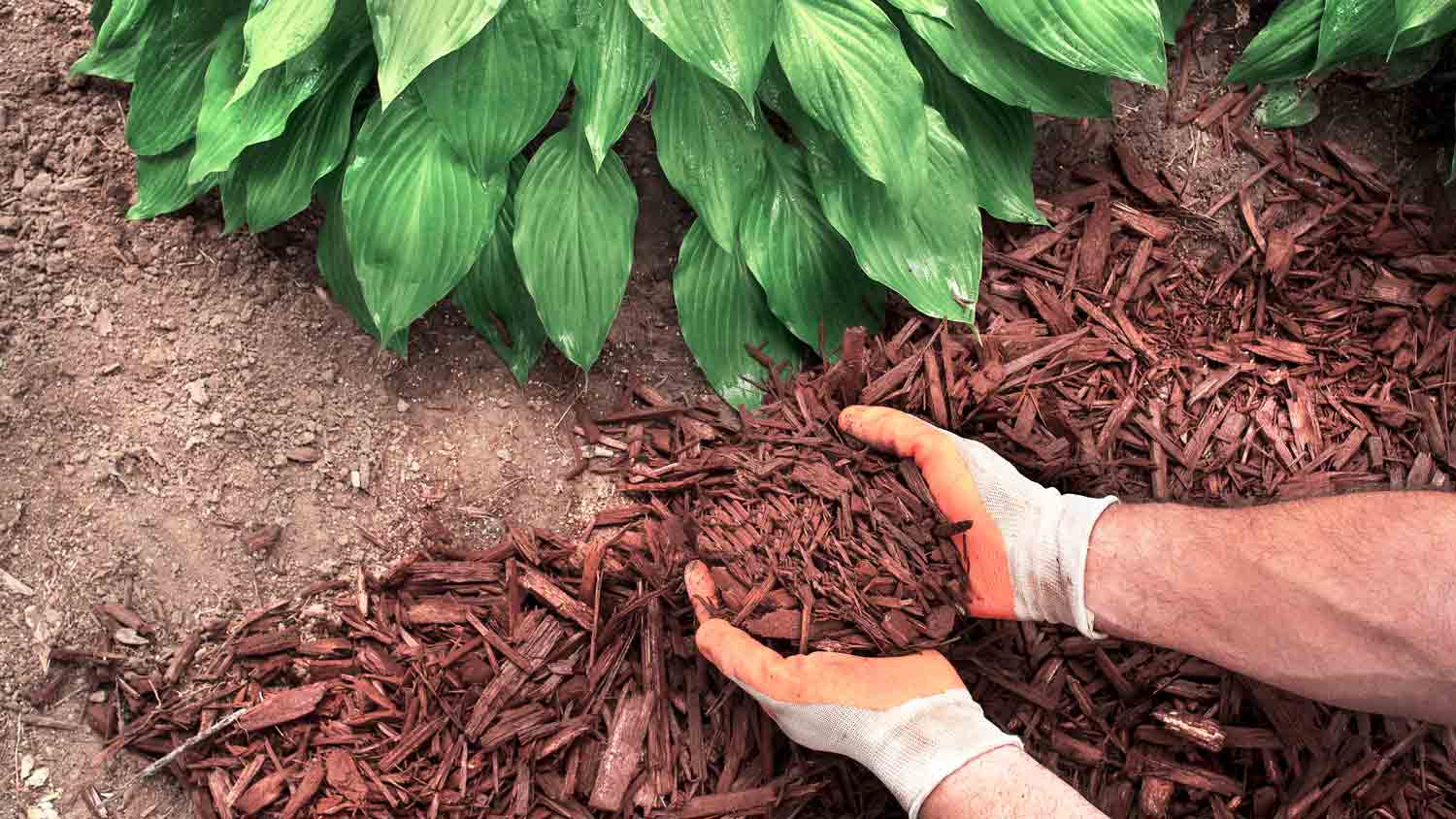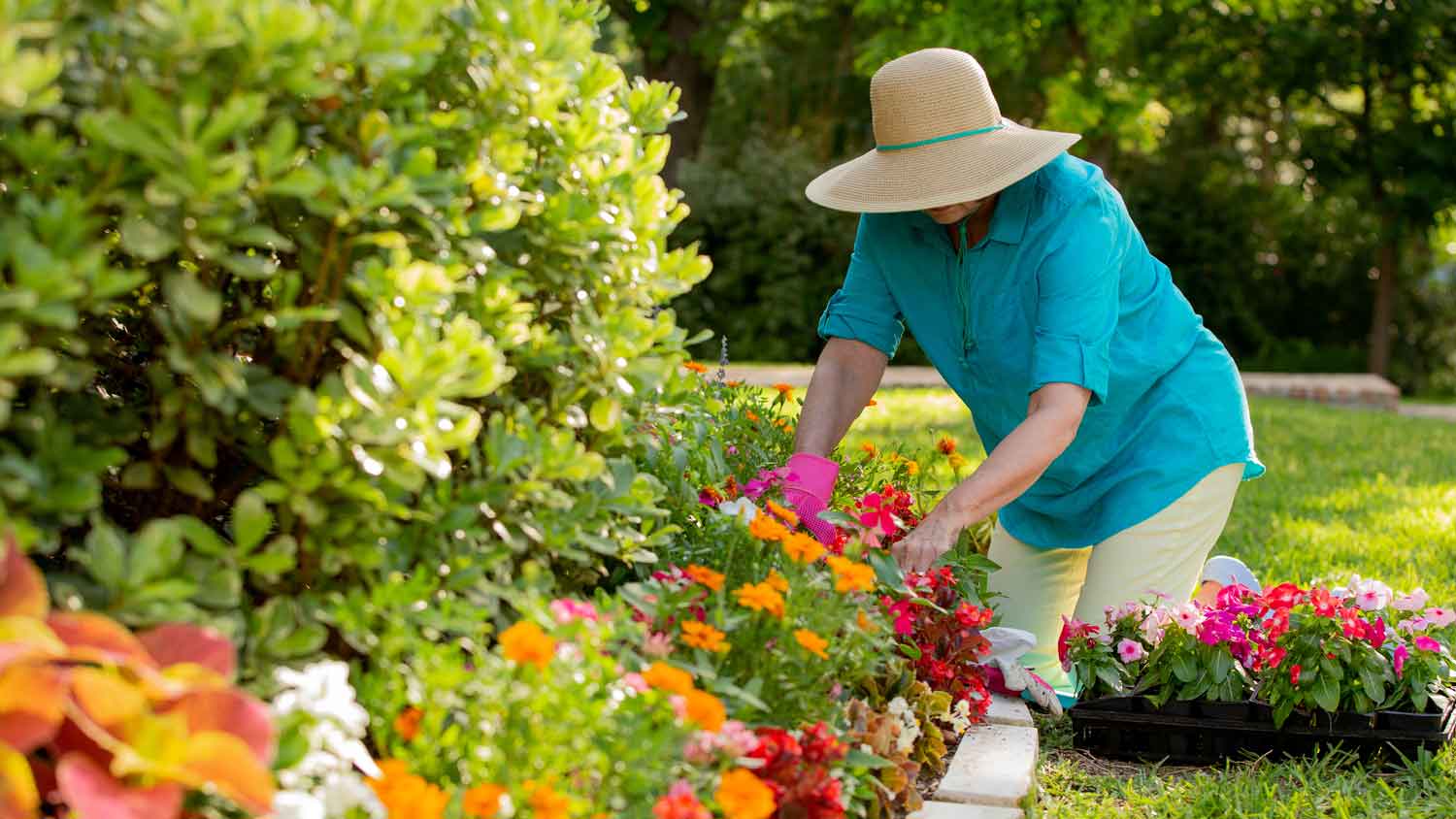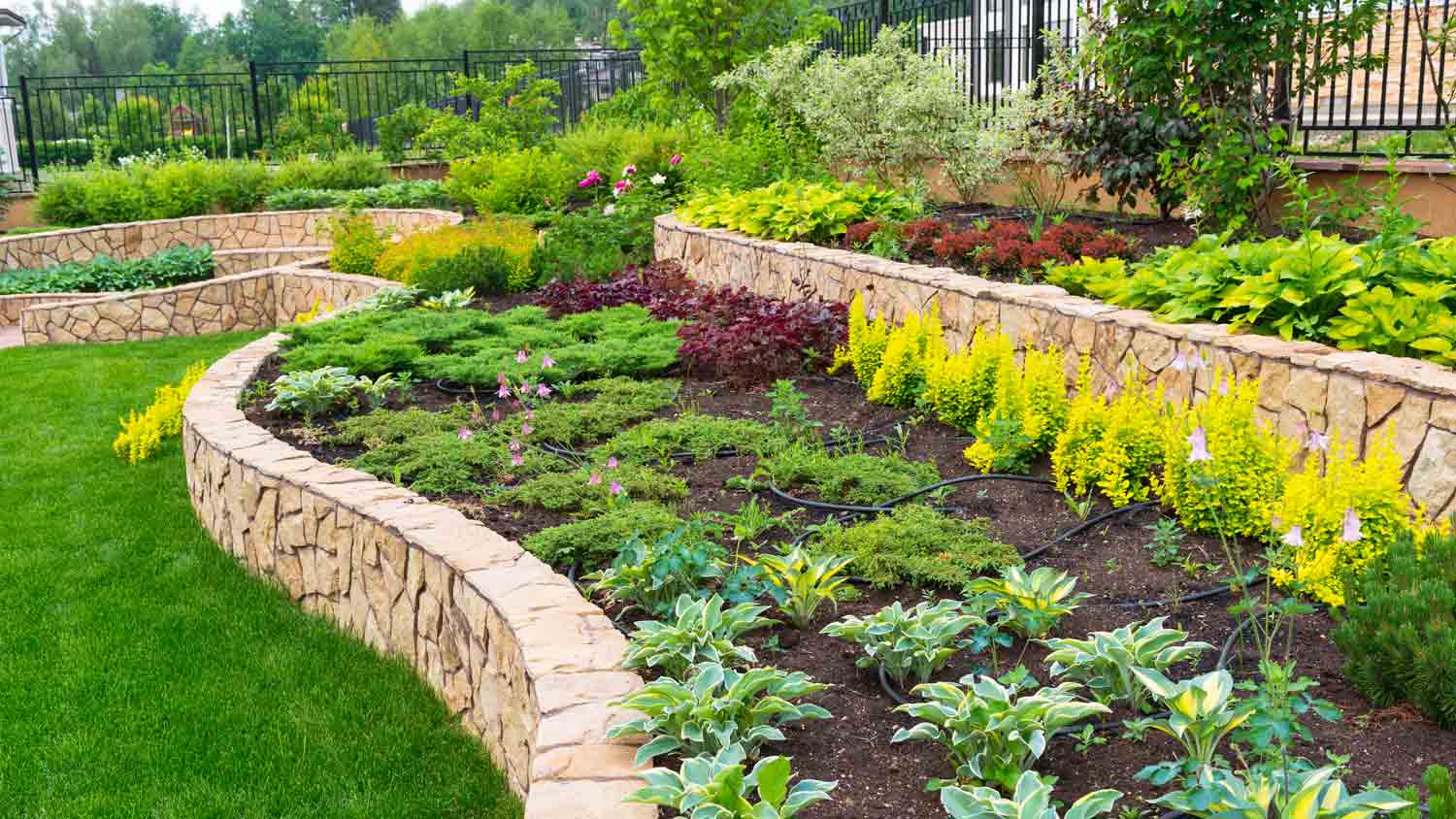
How much do hedges cost? Discover average hedge installation prices, key cost factors, and tips to save money on your landscaping project.
Improve your home’s curb appeal with well-designed foundation planting


Foundation planting can help conceal an exposed foundation and improve the look of your home.
Foundation planting design can be customized to match your home’s style.
Planting correctly will help your landscaping stand the test of time.
Well-designed foundation plant beds can add to your home’s curb appeal.
A variety of shrubs, bushes, trees, and perennials add interest and personality to your home.
Foundation planting is a great way to boost your home’s curb appeal with plants specifically chosen to surround the foundation. The plants you choose can enhance the look and personality of your home by incorporating a landscaping design that reflects your style and elevates your home’s overall appearance.
What is a foundation plant? In the past, there wasn’t much variety when it came to planting around the foundation. Many people picture sturdy evergreen shrubs cut into uniform shapes encircling their home to camouflage an exposed foundation, but modern choices include a variety of plants like flowering shrubs, trees, bushes, tall grasses, and perennial plants to add beauty and interest to your landscape and help your home look its best.

Your reasons for foundation planting can help you select the best plants for the job. Foundation planting can improve the look of your home in a number of ways, including:
Covering an exposed or unfinished foundation.
Adding interest to a new lot that doesn’t yet have mature landscaping.
Creating a visually appealing personalized look to complement your home.
Helping your home fit into the surrounding landscape.
Your planting needs may also vary depending on what type of foundation you have. Differences in material, amount of exposed foundation, and other factors can help you determine what will work best for your home. Figuring out what your home’s needs are will help guide you toward the best foundation planting design to suit your home and your own personal style. This can seem like a monumental task, so if you need a little help, get in touch with a local landscaper for some expert advice.
For a cohesive look, set a focal point for your planting and work outward. For many people, the focus will be around the front door or entryway, drawing the eye toward the entrance and creating a welcoming look for visitors. Keeping a theme with similar plants, colors, or shapes can make the overall look seem more pulled together and less haphazard.
Determining the style you’d like to achieve will aid you in selecting the right plants for the job. Are you looking for something stately and formal? If that’s the case, classic evergreen shrubs that are planted in lines that mimic the lines of your home might be just right for you. If your style is more free-flowing and colorful, you might instead select flowering shrubs like rhododendrons with a mix of tall grasses and perennial flowers. There are no hard-and-fast rules for designing your foundation planting, so let your design reflect your own taste and the style of your home.

There are a number of factors to consider when selecting plants to surround your foundation. Not only should they match the style you’re looking for, but you also need to take the following into account:
Size: Make sure you’re designing your landscaping based on the size of fully-grown plants. If you’re starting with immature plants, plan for the amount of ground they’ll cover when full-sized, as well as how high they’re expected to reach.
Drainage and Watering: The plants you select should match the amount of water you expect them to receive if you want to avoid regular watering. Consider your average rainfall and the drainage situation around your home and plant accordingly.
Scale: Smaller homes can be overshadowed by too-large plants. Similarly, a larger home will require plants that appropriately match its scale to avoid looking out of proportion. Choose plants that reflect the scale of your home for a balanced look.
Planting Zone: Choose plants that grow well in your hardiness zone, which takes into account your region and climate to determine which plants will thrive. Plants that are not zoned for your area will have a hard time flourishing.
Maintenance: Ideally, your foundation planting will not require time-consuming upkeep. Consider how much trimming, watering, pruning, and other maintenance the plants you select will need, and determine how much time or expense you’re willing to put into keeping them looking their best.


Once you’ve determined which plants you’re going to use for your foundation planting, you’ll need to plant them in the right places to complete the look and keep your landscaping functional, healthy, and working well with your home.
Plants placed in front of windows should reach a maximum height that falls below the bottom of the window frame so as not to block sunlight. Remember to account for plant growth when deciding which plants to place in front of windows.
Downspouts and other drainage should be left unobstructed by foundation plants. Make sure that the roots of bushes and shrubs won’t grow into any underground drainage and disrupt the function of your drainage system. Build your plant bed with the ground’s grade sloping downward extending from the highest point against the foundation.
Leave space between your plants and your foundation so you can access your home if needed and so they can grow to their full size without root intrusion. Fully-grown plants should reach no closer than five feet from your house to keep branches and limbs away from your siding and to prevent stunted growth on the side of the plant facing the house.
In addition, be sure to leave a few feet of space around external fixtures like air conditioning units and utility meters. Although it’s tempting to cover up these unsightly eyesores, plants can interfere with their function and block necessary access, so give them a little room when planting.
Your landscape design should take into account how much sun and shade each part of your house receives. Choose plants that will flourish where you put them, and remember that planting close to the house directly under eaves will also affect the amount of sunlight and rainfall that those plants receive.

If you’re mixing evergreens, deciduous shrubs and bushes, and perennial plants, make sure there’s adequate coverage for each season. In areas that get colder during the winter, evergreen plants will provide coverage for an exposed foundation year-round, so keep these plants closest to your home to avoid empty spots once deciduous and perennial plants or decorative grasses die off during the cold season. Your first winter may expose gaps that need to be addressed by filling in with additional plants once it’s time to plant again.
From average costs to expert advice, get all the answers you need to get your job done.

How much do hedges cost? Discover average hedge installation prices, key cost factors, and tips to save money on your landscaping project.

Railroad tie retaining wall costs can vary widely, so getting an accurate estimate for your needs is a good idea to set your budget appropriately.
.jpg?impolicy=leadImage)
Landscaping your yard adds curb appeal and expands your home’s living space into the outdoors. Learn how much landscaping costs for various projects.

Stone wall garden beds add flair and natural beauty to your outdoor living spaces. Learn how to make a stone wall garden bed with this six-step guide on building a retaining wall.

There are reasons to grade or slope your yard beyond aesthetics—drainage is the main one. Read on and learn how to have an informed discussion with your pro.

While it’s possible to DIY build a retaining wall, several pros have advanced knowledge of hardscaping and building. Learn who to hire to build a retaining wall.